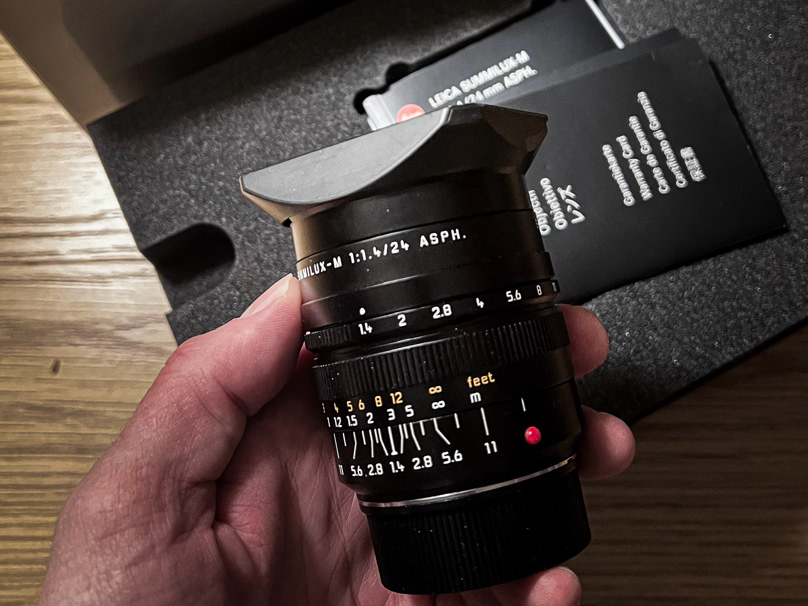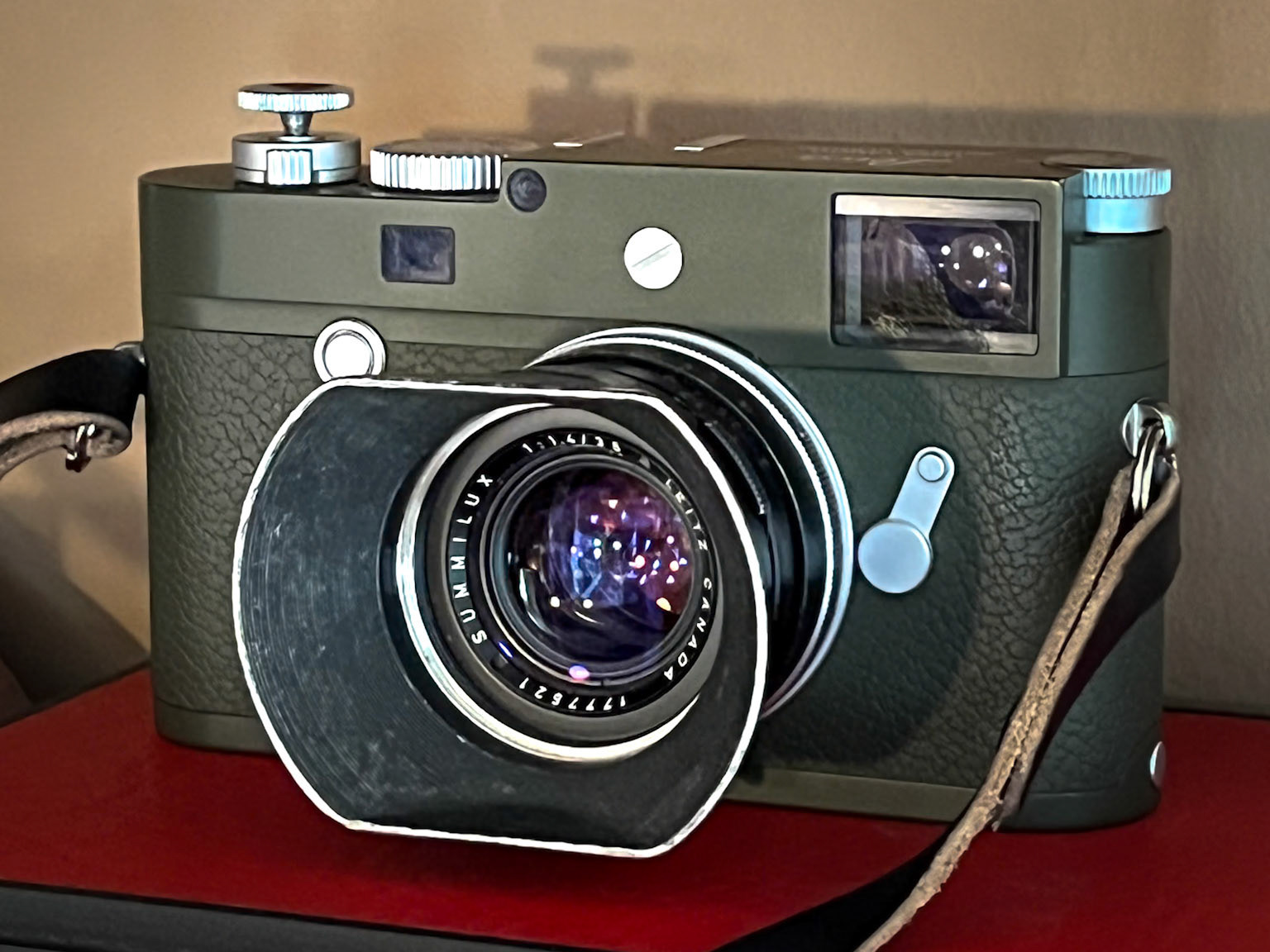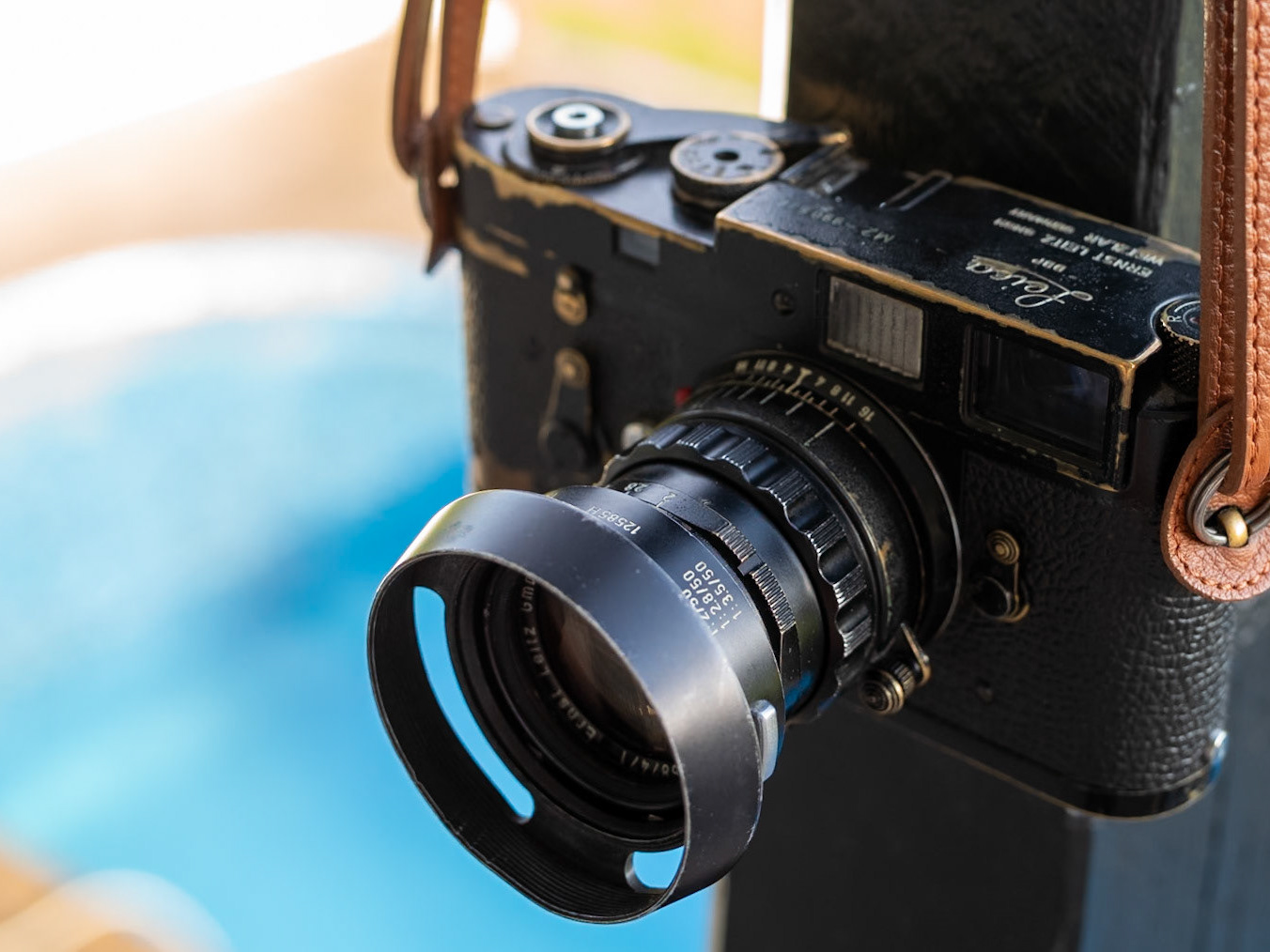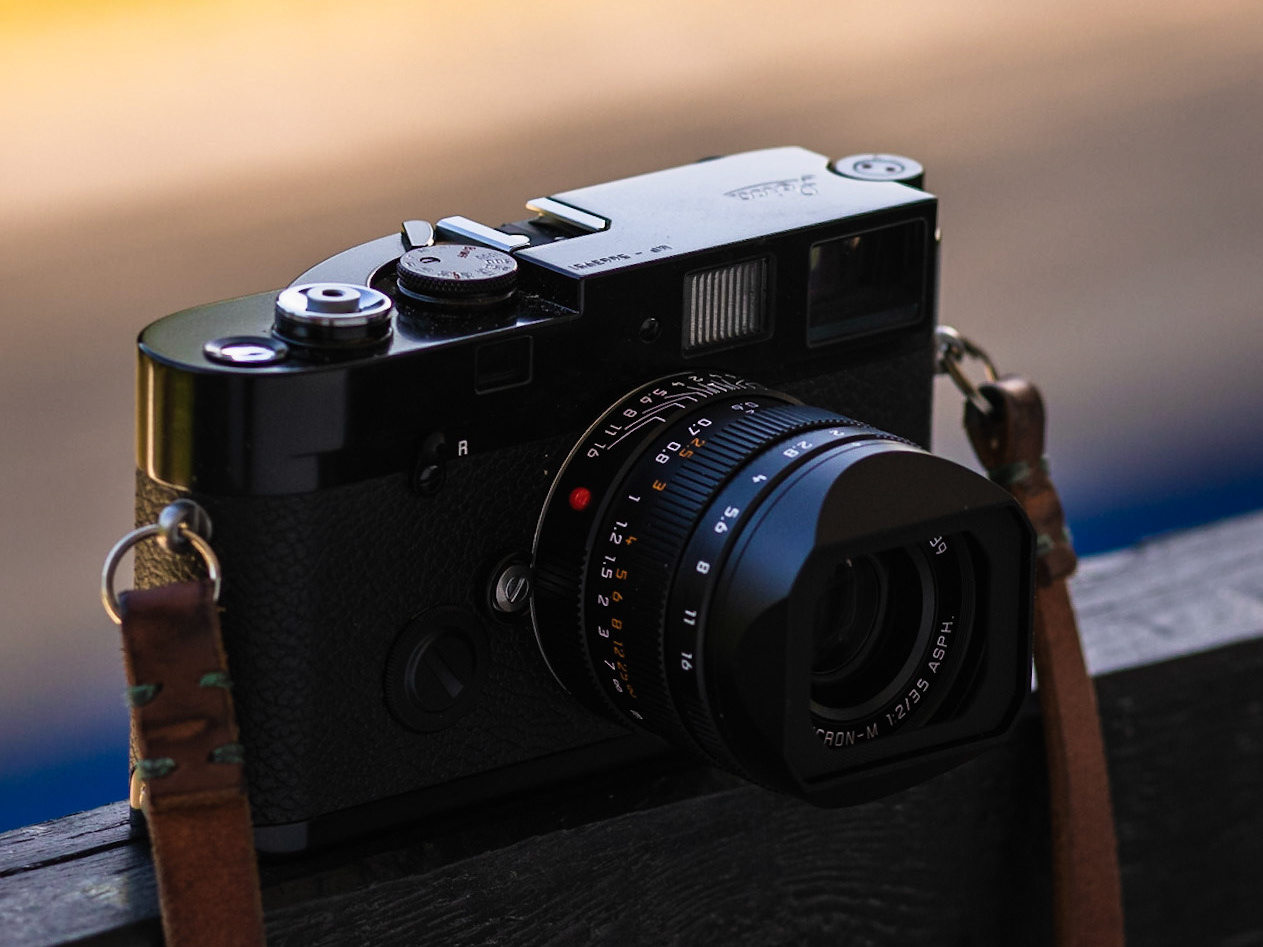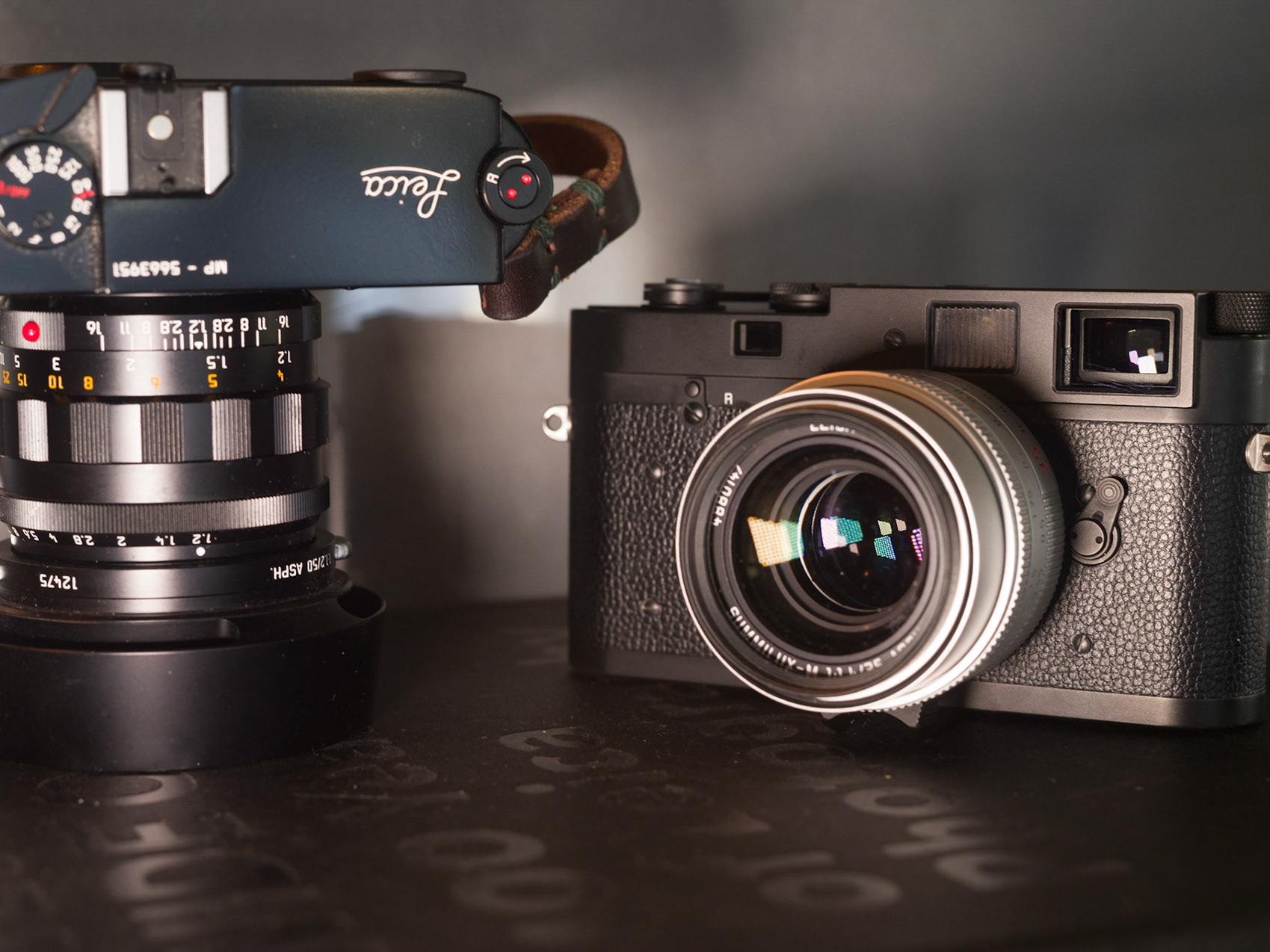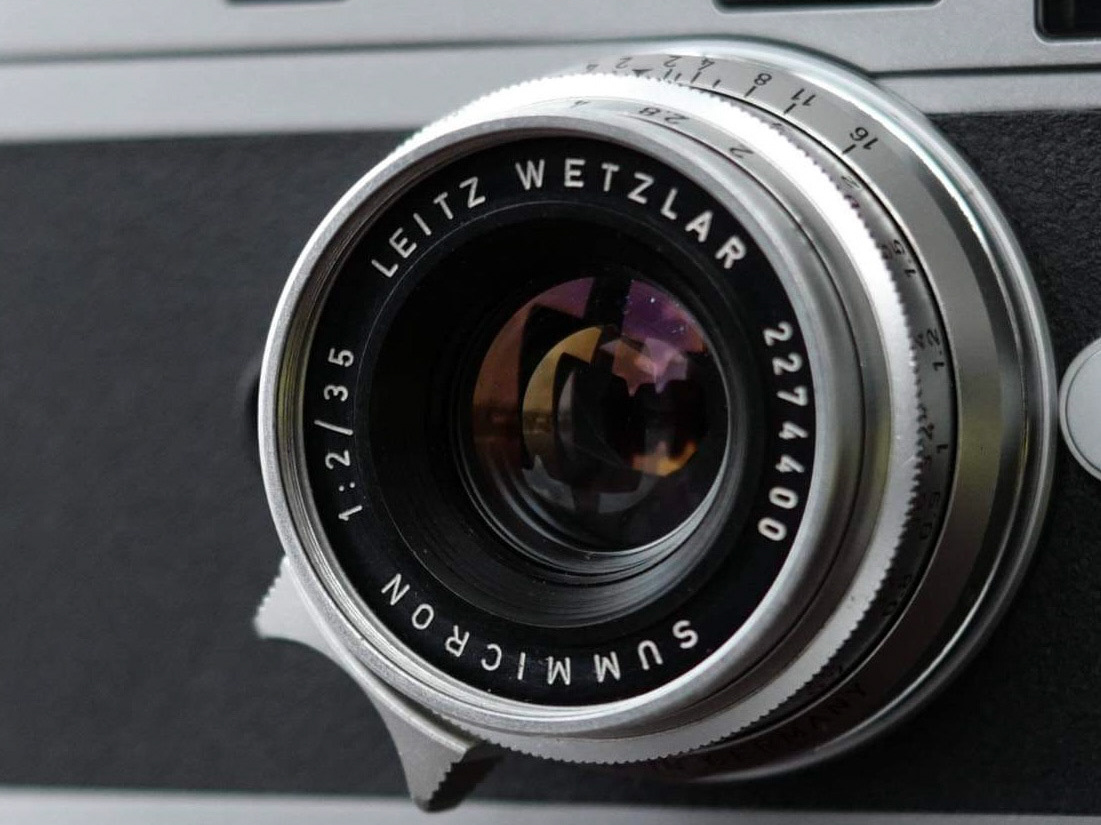Introduction:
To solve the focus-shift issue, Leica introduced a new 35 mm Summilux with a floating element in 2010. Generally known as the 35 FLE, this lens has been the centre of many photographers’ arsenal for more than a decade.
When the FLE was released, the M9 was Leica’s flagship camera. There was no Live View or electronic viewfinder, so there was no incentive to improve on the close focusing limit of the rangefinder (0.7 metres).
By the time the SL2 and the M10 were released, times had changed, and there was a real possibility of making M lenses with closer focus. The 35 APO Summicron was the first lens to support this newly designed ‘double cam’ focusing mechanism, and the new 35 Summilux FLE V2 allows you to focus down to 0.4 metres. The focusing throw has been almost doubled to 176 degrees, and there is a clearly felt resistance at 0.7m, beyond which you need an EVF, live view or Leica Fotos for precise focusing.
Conclusion
This lens has three benefits over its predecessor:
Close-focus opportunities
Newly designed body with twist-out lens hood
Eleven as opposed to nine aperture blades for better bokeh
Yesterday 13.04.2023 the Summilux 50mm f/1,4 was up for the same upgrade as the FLE lens, I will presume that leica will updated there complete M-Lineup with this newly designed ‘double cam’ focusing mechanism.
some sample shots taken both M11 and MP with FLE V2.







